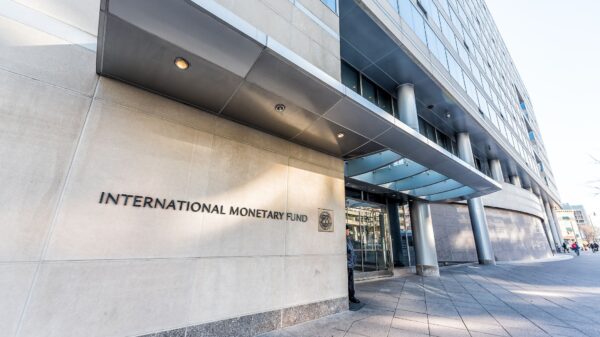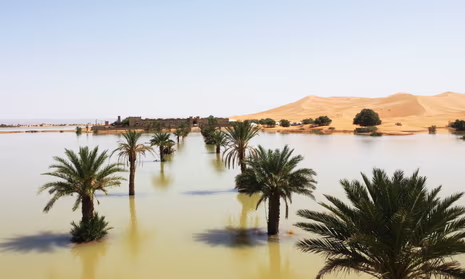For the first time in five decades, the Sahara Desert experienced significant flooding after two days of continuous rainfall in southeastern Morocco last week, resulting in dramatic changes to the landscape.
Reports from the Times of India indicate that areas near Tata and the village of Tagounite, located about 450 kilometers from Rabat, were severely affected. Tagounite alone recorded 100 millimeters of rain in one day, surpassing the total annual rainfall in many regions. This substantial rainfall caused Lake Iriqui, which had been dry since 1925, to fill up, presenting a remarkable transformation visible in satellite images.
Meteorologists suggest that this unusual precipitation may indicate shifting climate patterns, as such intense rainfall has not been documented for decades. While the rain offered much-needed relief to local farmers after a long drought, it also led to at least 18 deaths and extensive crop damage.
ALSO READ: South African Man Linked to Alleged War Crimes in Gaza: Shocking Documentary Exposes Sniper Unit
In response to the flooding, the Moroccan government has launched emergency relief efforts, especially in regions still recovering from last year’s earthquake. Although the rain benefits groundwater replenishment and supports farmers, experts caution about the heightened risks of extreme weather linked to global warming in the vast Sahara Desert.
Celeste Saulo, head of the World Meteorological Organization, emphasized the unpredictable aspects of the global water cycle, creating challenges for regions around the world as extreme weather events become increasingly common.

For comments, Feedback and Opinions do get in touch with our editor on WhatsApp: +44 7949 297606.








































